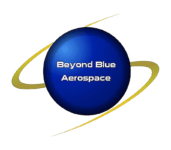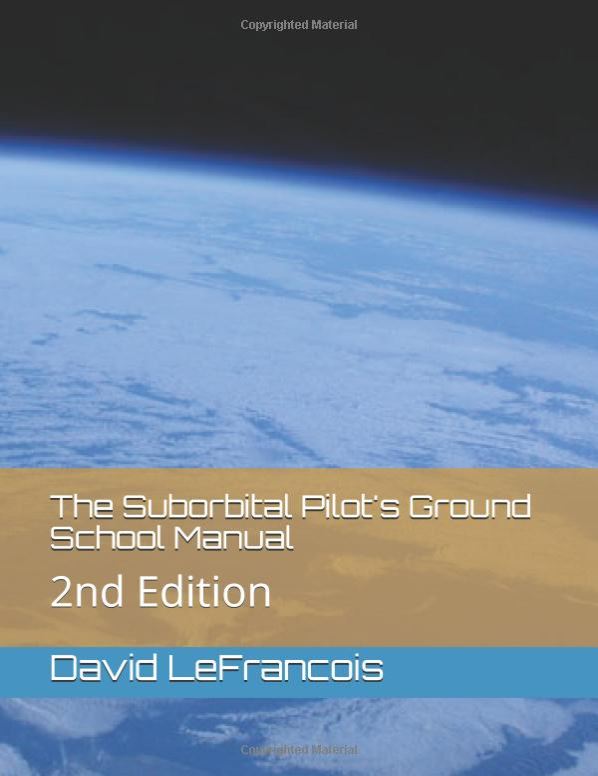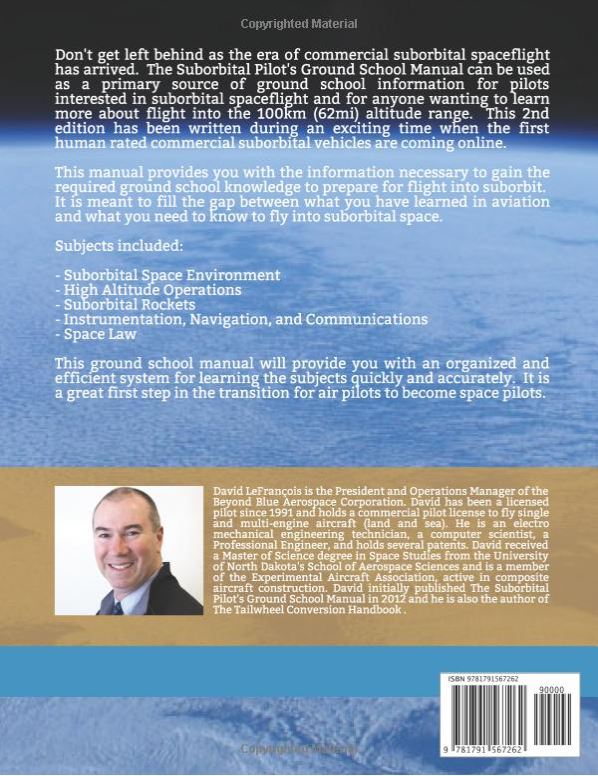Project Mercury …. X15 …. SpaceShipOne … SpaceShipTwo …
New Shepard
Following the initial suborbital spaceflight programs in the 1960s all attention was on orbital and lunar flights. It wasn’t until the Ansari X Prize was announced in 1996 that attention returned to suborbital spaceflight. The prize was modeled after the Orteig Prize, won by Charles Lindbergh in 1927 for being the first to fly nonstop from New York to Paris. To win the $10 million Ansari X Prize, a team had to build and launch a spacecraft capable of carrying three people to 100 km above the Earth’s surface, twice within two weeks. There were 26 teams from 7 different countries competing for this prize. On October 4, 2004, the prize was won by SpaceShipOne, which was designed and manufactured by Scaled Composites. Similar to the X-15 configuration, SpaceShipOne was launched from a carrier aircraft and landed on a runway. With those X Prize flights, space was no longer the exclusive realm of government and a new industry was born. On December 13th of 2018, Virgin Space Ship Unity was piloted by Mark P. Stucky and Frederick W. Sturckow to an altitude of 82.72 km.
Virgin Galactic’s spaceflight test program is underway and other companies with varying technologies and configurations are not far behind to offer commercial suborbital spaceflights.
Learn more about the 2nd Edition
The 1st Edition was published in 2012 and the 2nd Edition has been updated to include exciting recent events.



